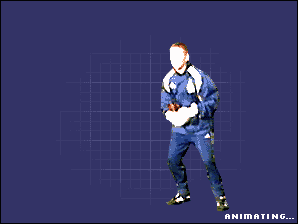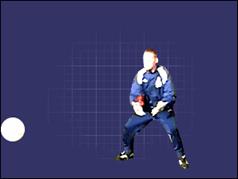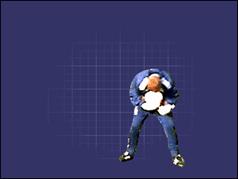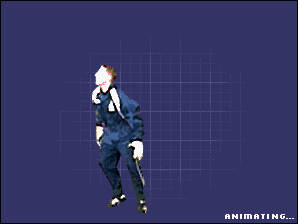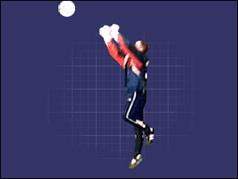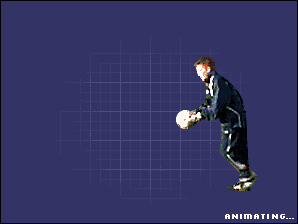

Goal Keeping
Teaching goalkeeping skills is a great way to help students to understand the game better.
The key coaching points are:
- Start with the ready position – balance on the balls (or front) of the feet, bend comfortably at the knees while keeping as tall as possible, and have the hands relaxed through the fingertips.
- Hand positioning for high balls – the hands should form a supple web that surrounds the back side (closest to the goal) of the ball. Fingertips should be pointed up and palms facing forward. The thumbs of both hands are almost touching.
- Hand positioning for low balls – the hands should form a supple web that surrounds the back side (closest to the goal) of the ball. Fingers should be pointed down and palms facing forward. The little fingers of both hands are almost touching.
- Side-step quickly behind the line of the ball and try to get two hands behind the ball.
- Create barriers between the ball and the goal with the body, legs and hands and have as much of body behind the ball as possible.
- Concentrate until the ball is in the hands, relax at the point of contact and cushion the ball towards the body with hands.
- Attack the ball whenever possible.
Saving body shots:
123 |
step 1 |
step 2 |
How to catch crosses:
A confident keeper can take a lot of pressure off the defense by coming out to catch crosses.
123 |
step 1 |
step 2 |
A keeper's throwing guide:
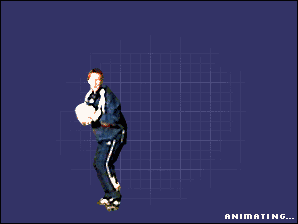
The ability to throw the ball quickly and accurately is increasingly important.
Many of the top keepers can throw the ball more than half the length of the pitch, and the distance and accuracy they can achieve is a big counter-attacking weapon for the team.
The overarm throw allows you to clear the ball over a longer distance and at greater height.
step 1 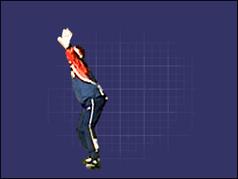 You need to be in a side-on position, with your weight on your back foot. Your throwing hand should be positioned under the ball, with your throwing arm kept straight. |
step 2 |
step 3 |
Improve your drop-kicks:
The quickest way for a keeper to get the ball upfield is a good old-fashioned drop-kick.
23 |
step 1 |
step 2 |



